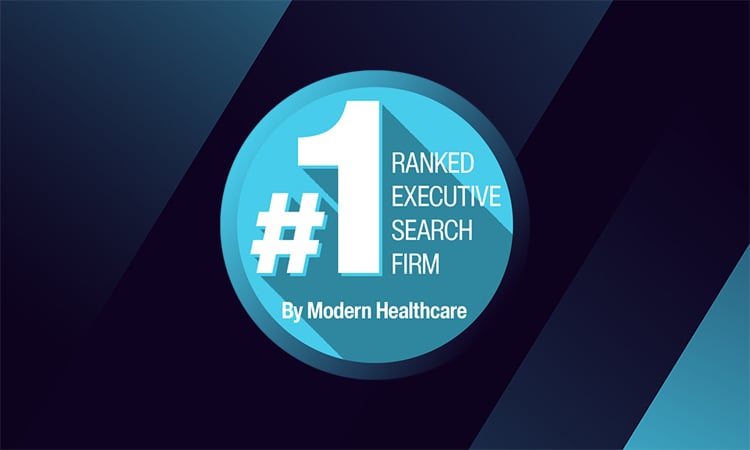
Leadership in Emergency Services: Best Practices for Emergency Managers
The role of emergency managers in clinical settings has never been more essential. With increasing demand on healthcare systems and the complexity of emergencies growing every year, strong leadership in emergency management is important. Whether overseeing an emergency department or coordinating with external agencies, emergency managers must blend expertise, agility, and strategic thinking to save lives and maintain operational stability.
This blog explores essential best practices for leaders in emergency management to ensure your team is well-prepared, efficient, and effective during crises.
The Evolving Challenges of Emergency Management
Emergency departments are often chaotic environments, dealing with everything from natural disasters to pandemics and large-scale accidents. Emergency managers must juggle multiple priorities, including resource allocation, staff safety, and patient care.
To meet these challenges, leaders in emergency management jobs must focus on these three core areas:
- Building a resilient emergency management framework.
- Ensuring seamless communication between internal and external stakeholders.
- Constantly optimizing emergency preparedness through training and technology.
With strategic leadership, these challenges can transform into opportunities for innovation that improve patient outcomes and department efficiency.
Best Practices for Leadership in Emergency Management
1. Prioritize Clear and Scalable Emergency Preparedness Plans
A robust emergency preparedness plan is the foundation of effective emergency management. This includes detailed protocols for different scenarios, such as natural disasters, mass casualty events, infectious disease outbreaks, and cyber incidents.
Key Steps for Emergency Departments:
- Run regular scenario-based training drills that simulate real events. For example, disaster drills that incorporate all critical players, from clinical staff to external emergency response agencies.
- Build flexibility into your plans. Emergencies are unpredictable, which means your protocols must adapt to rapidly changing circumstances.
- Evaluate and update your preparedness plans regularly based on after-action reports and new industry standards.
2. Foster Collaboration During Emergencies
No emergency department operates in isolation, especially during large-scale crises that demand regional or even national coordination. Effective collaboration remains one of the top best practices in emergency management.
Collaborative Strategies:
- Build strong partnerships with local fire, police, and EMS services to ensure rapid response and communication during emergencies.
- Establish clear chains of command to avoid confusion and redundant efforts during a crisis. Use incident command systems (ICS) to assign roles and responsibilities.
- Deploy integrated digital communication platforms that ensure all departments and external partners receive real-time, accurate updates.
3. Empower Your Team with Continuous Training
Emergency management leaders should prioritize professional development for their teams to ensure they stay at the forefront of crisis response innovations.
Tactics to Consider:
- Simulations and Role-Playing: Use advanced simulation tools to replicate emergencies for hands-on training.
- Accreditation Opportunities: Encourage certifications such as Certified Emergency Manager (CEM) or Healthcare Emergency Professional (HEP).
- Tailored Staff Development: Focus on strengthening core competencies like rapid decision-making, emotional resilience, and tactical communication.
When your emergency department staff feels prepared, they perform calmly and confidently, even in high-pressure scenarios.

4. Leverage Data and Technology for Decision-Making
Emergency management is becoming increasingly data-driven. Modern technology offers leaders an unprecedented ability to analyze trends, predict risks, and improve their response strategies.
Key Tools for Emergency Managers:
- Real-Time Situational Awareness Platforms: Use tools like geographic information systems (GIS) to track and visualize unfolding events.
- Electronic Health Records (EHRs): Ensure your systems integrate seamlessly to monitor patient flow and resource allocation during an emergency.
- Predictive Analytics: Implement tools to forecast patient surges, seasonal threats, and equipment needs.
For organizations adopting technology in emergency management, the result isn’t just faster responses, but smarter decision-making that puts resources where they’re most needed.
5. Build a Culture of Team Resilience
Emergencies take a mental and physical toll on emergency department staff. Great leaders advocate for the well-being of their teams, building a resilient workforce capable of thriving under pressure.
Actionable Steps for Managers:
- Normalize post-emergency debriefs to identify successes, lessons, and areas requiring improvement.
- Introduce mental health support services, such as counseling or peer support programs, for post-crisis recovery.
- Celebrate team successes, no matter how small, to foster morale and camaraderie in challenging times.
6. Advocate for Resource Allocation
One of the key jobs of an emergency manager is ensuring their department has adequate resources to meet demands. This includes pushing for funding, staffing, and equipment in the face of tightening budgets.
Resource Advocacy Tactics:
- Use concrete data to demonstrate the ROI of emergency preparedness investments to stakeholders.
- Build alliances within the organization to champion department needs at every level.
- Adopt efficient inventory management systems to maximize your department's current resources while identifying shortages quickly.
Leadership Matters in Emergency Management
Strong leadership can mean the difference between a chaotic response and a coordinated, effective emergency management operation. By adopting these best practices, emergency managers in clinical settings can better equip themselves and their teams to tackle challenges head-on.
Leadership in emergency services is not just about managing crises but about preparing a department to excel even under pressure. With clear strategies, robust training, and cutting-edge tools, emergency managers can turn their roles into forces for transformational change.
Success in emergency management requires constant learning and adaptation. At B.E. Smith, our recruiters can connect you with exceptional emergency manager job opportunities that match your skills and career goals. Let us help you take the next step in advancing your expertise and making a greater impact.



